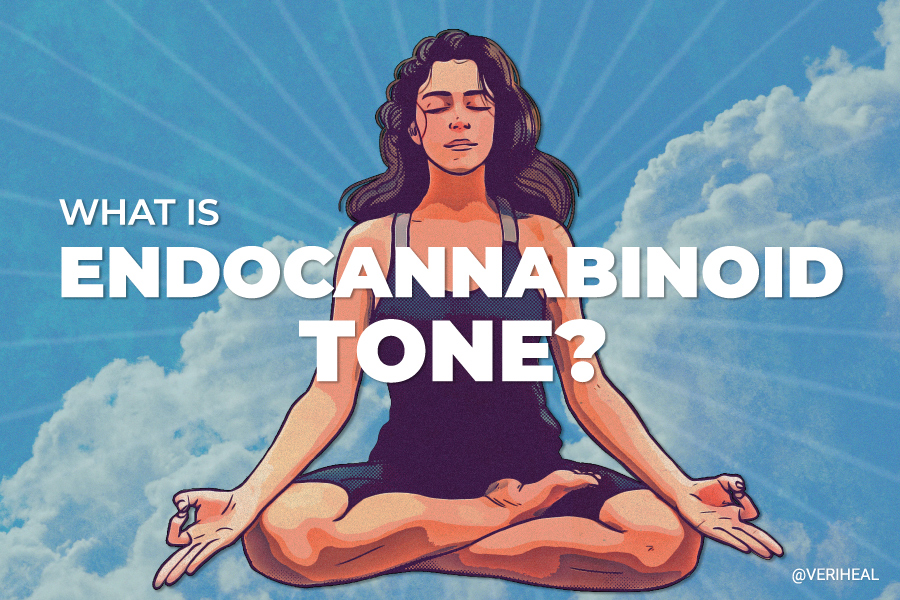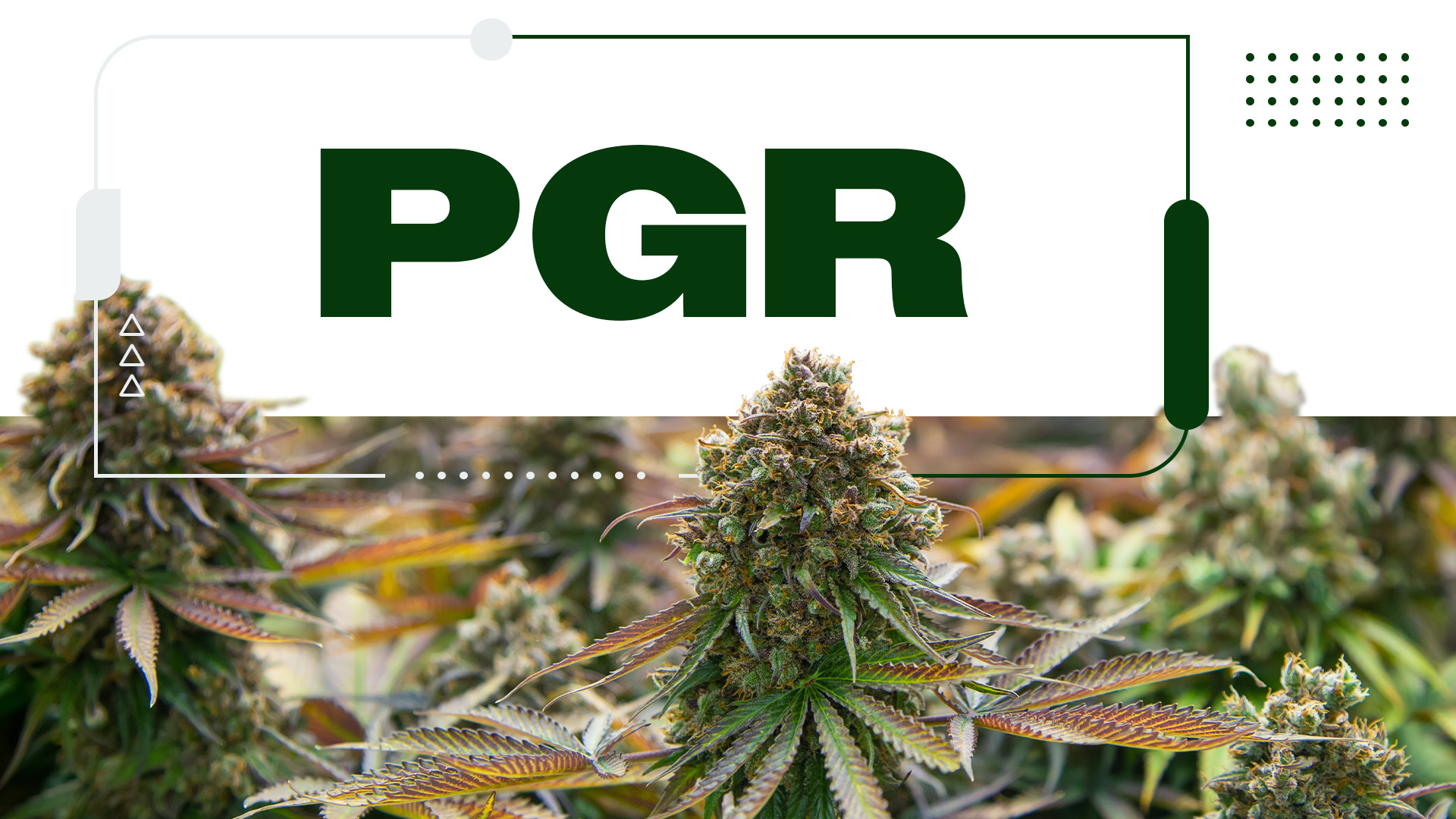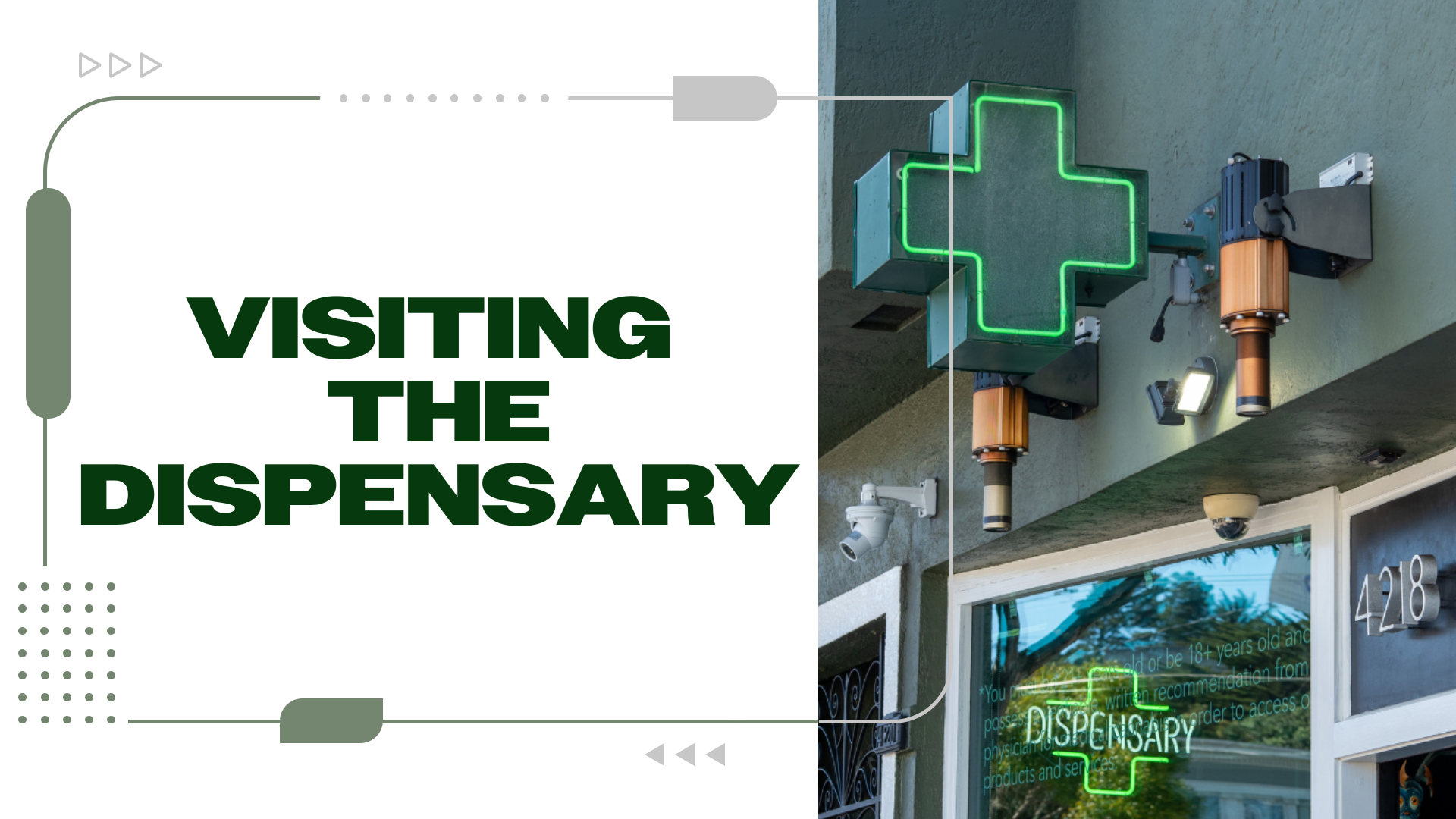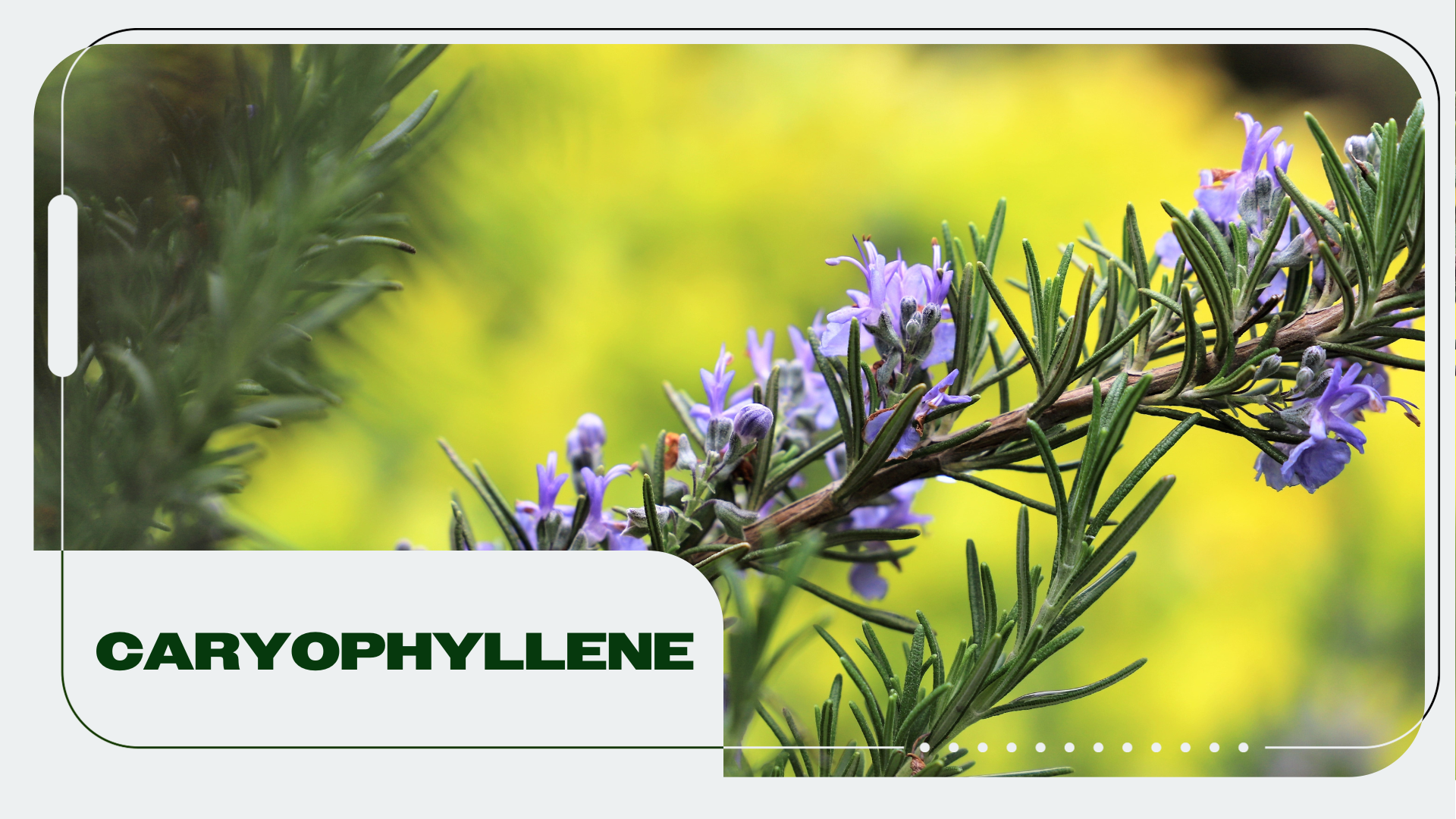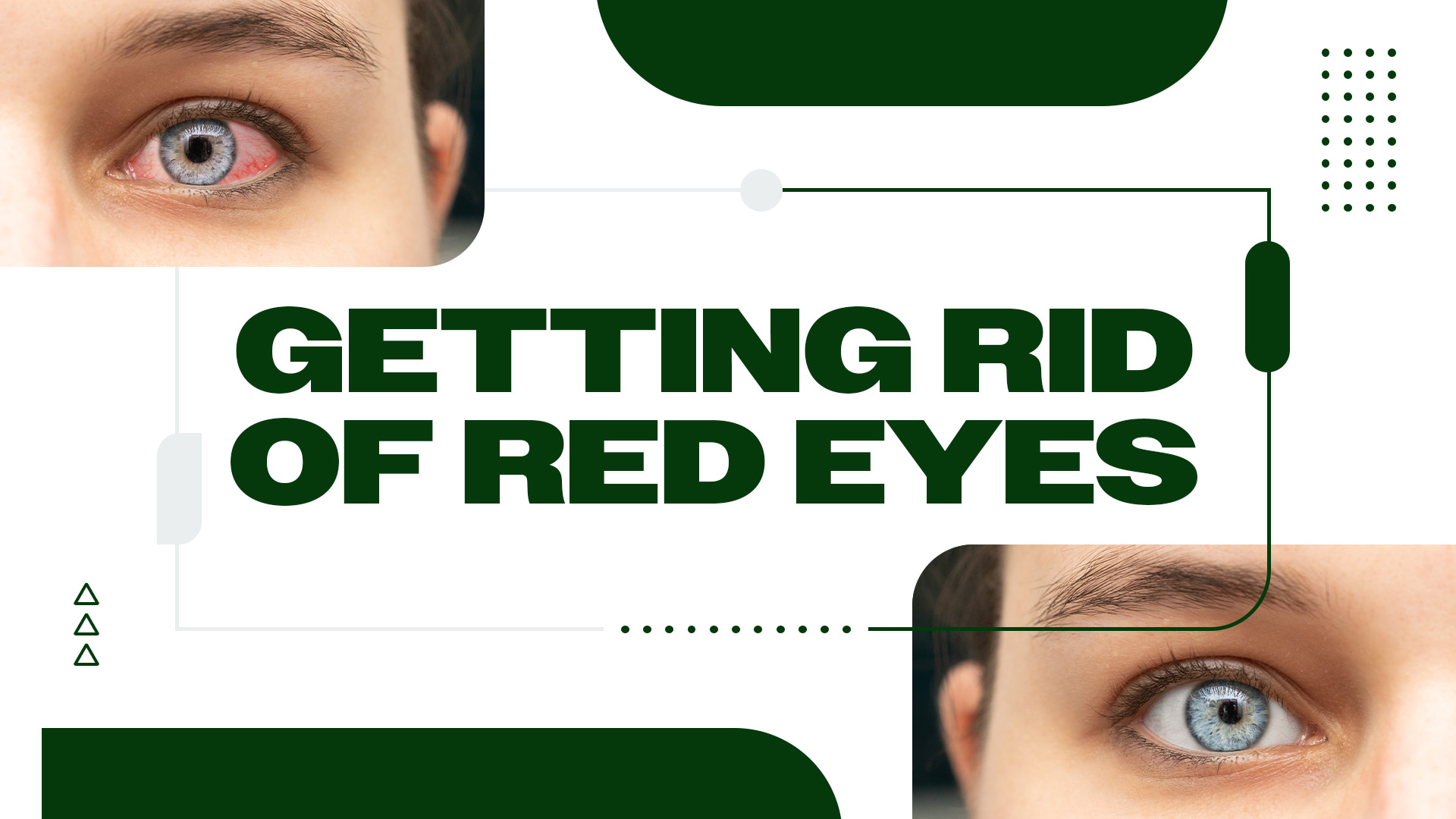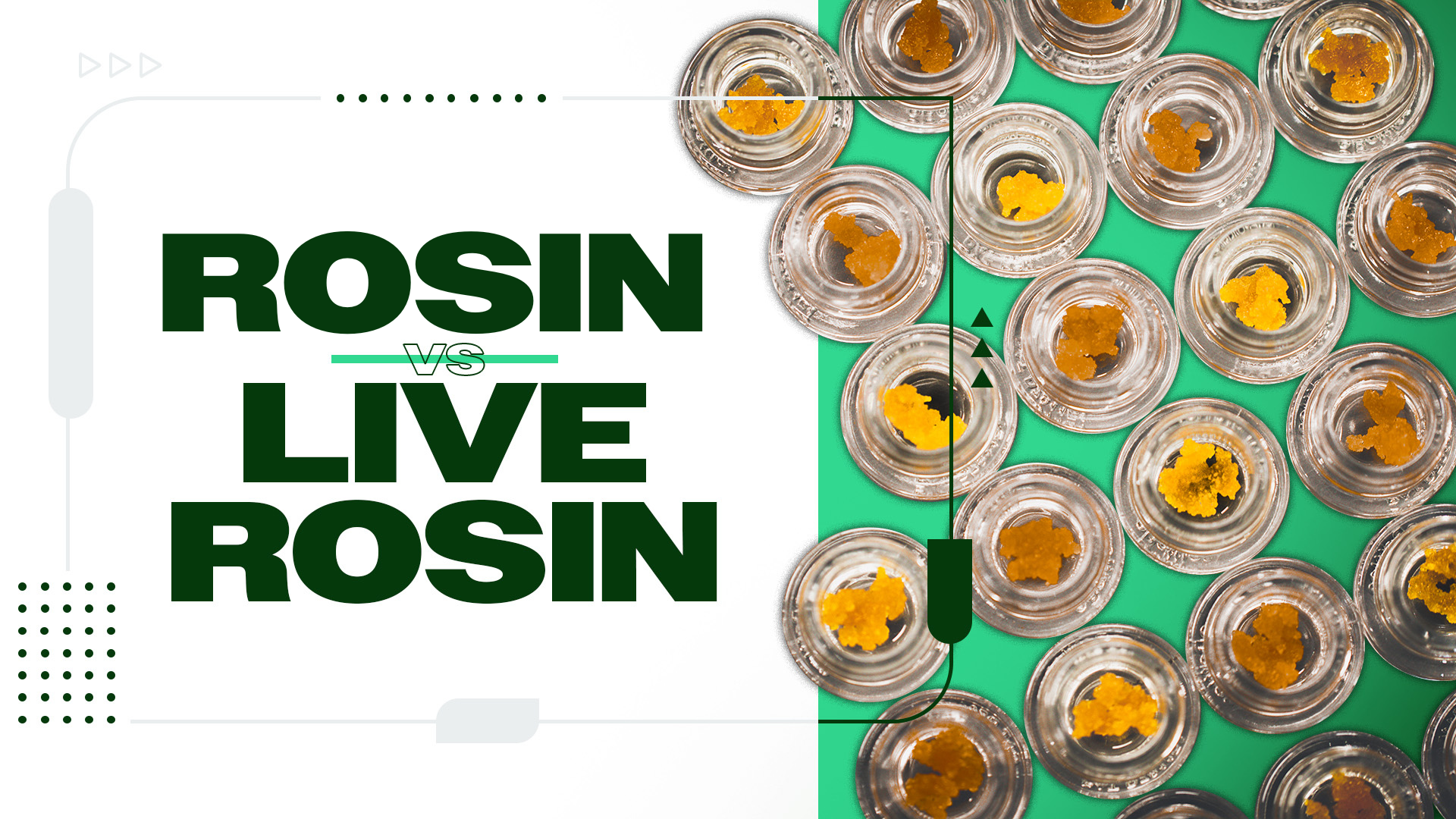If you know about the body’s endocannabinoid system (ECS), you’re aware of how this system helps regulate the body by producing its own compounds—endocannabinoids—and interacting with compounds found in cannabis. Our body’s endocannabinoid tone is fundamental to the ECS.
By focusing on balancing our body’s endocannabinoid tone, we can work toward optimal health and wellness. But what is endocannabinoid tone, and why is it important? Let’s explore.
What Is Endocannabinoid Tone?
Endocannabinoid tone is correlated with the levels of endocannabinoids present in the body at any given time. All people, even people who have never consumed cannabis, have naturally self-created endocannabinoid molecules running throughout their endocannabinoid system, a system largely responsible for homeostasis in the body.
The endocannabinoids that are natural to the human body (and also animal bodies) are called anandamide (AEA) and 2-AG. Both are created in our cells on demand and interact with cannabinoid receptors (CB1 and CB2) located in the body’s ECS.
Enzymes are key for creating and breaking down endocannabinoids, thus maintaining the balance by controlling the rate. There are even some cannabinoids that can influence these enzymes and processes as well and tip the balance back in our favor when things go awry. The most important enzyme to note is FAAH, which breaks down endocannabinoids AEA and to a lesser extent 2-AG. Cannabinoids like CBD, and experimental synthetics, may inhibit FAAH to increase endocannabinoid tone without causing psychoactive effects.
Through activation of cannabinoid receptors, endocannabinoids and the greater ECS system regulate the body’s messaging systems. The ECS is like the internet of the body and controls processes that “level-set” various messaging systems, including dopamine and serotonin release. Our body’s ability to communicate internally and take care of itself—plus heal itself—is contingent on balanced endocannabinoid health.
Endocannabinoid tone encompasses a person’s baseline level of endocannabinoids (e.g. AEA and 2-AG) in the body, their rate of synthesis and breakdown, and the relative density and state of cannabinoid receptors. As such, “endocannabinoid tone” refers to how well the components of the ECS are working together to maintain balance in the body.
So…why is endocannabinoid tone so important? To put it simply, the ongoing cannabis research is showing us that a well-functioning endocannabinoid system, achieved through a balanced endocannabinoid tone, is vital for overall wellness.
Impacts of Endocannabinoid Imbalance
When there is an imbalance in endocannabinoid tone, this manifests as chronic symptoms or disease. In fact, there is a whole classification of diseases known as “clinical endocannabinoid deficiency syndromes,” (CED) which, as the name would suggest, manifest in the body when there aren’t enough endocannabinoids running through the ECS. CED was first presented to the scientific community in two publications by Dr. EB Russo in 2001, gained traction in 2004, and is still being explored.
Essentially, when someone’s endocannabinoid health is out of whack, their body is not functioning at full capacity. Several papers and books have been published on this topic, including “Vitamin Weed” by Dr. Michele Ross. The whole premise of this book is that human disease can be correlated with endocannabinoid disruption. Think about what this assertion means for the future of healthcare!
Dr. EB Russo writes in his 2016 update on CED, “If endocannabinoid function were decreased, it follows that a lowered pain threshold would be operative, along with derangements of digestion, mood, and sleep among the almost universal physiological systems subserved by the endocannabinoid system (ECS).”
There are many factors that can contribute to endocannabinoid imbalance, including chronic stress, overconsumption of alcohol, inflammation, genetics, congenital and environmental factors, chronic conditions, and poor nutrition habits over one’s lifetime.
It is important to recognize, however, that not all of these factors are in one’s control. But don’t fret, because there are also many ways to rebalance the endocannabinoids in your body! Continue reading for strategies that can support this balancing act.
How Can You Supplement Your Endocannabinoid Tone?
Did you know? There are many natural methods for supplementing endocannabinoid tone, including (but not limited to): exercise, intentional breathing, an omega-3-rich diet, and reduced alcohol intake. Balancing endocannabinoid tone can also be achieved through the consumption of cannabis, specific cannabinoids, and enzyme (FAAH) inhibitors.
Exercise
There’s a reason exercise feels so good…endocannabinoids! The invigorated feeling we can get through exercise, commonly referred to as the “runner’s high,” has been correlated with the release of AEA. AEA is naturally created in the body in response to specific situations, including exercise and movement, and has even been called the body’s “bliss molecule.” Therefore, through movement, we are able to balance our endocannabinoid tone and naturally level up our health and well-being.
Intentional Breathing
Through intentional breathing, you can naturally increase the volume of endocannabinoids in your body, contributing to a more balanced endocannabinoid tone. One thought leader in this area of study is Wim Hof. Hof, also called “The Iceman” for his advocacy around the importance of cold water exposure, explores the physiological benefits of breathing exercises.
He speaks and writes about the assertion that through breath, we can increase levels of natural endocannabinoids. As Hof puts it, he uses breathing to “get high on his own supply.” Check out this video, where he explains how breathing and endocannabinoid health are interrelated.
Omega-3-Rich Diet
Due to the average North American diet, it is particularly common for North Americans to have an unhealthy balance of fatty acids in their diet, with too many omega-6 fats and not enough omega-3 fats. Over a long period of time, this diet imbalance can lead to an inflammatory effect.
To combat this, individuals can focus on getting more healthy omega-3 heavy fats into their diet. Increasing omega-3 fat intake can stabilize endocannabinoid levels and combat inflammation because they are the literal backbones of creating endocannabinoids. Omega-3 fatty acids are contained in many delicious food sources, including hemp seeds, hemp milk, fish (including fish oil and salmon), avocados, and chia seeds.
Reducing the Booze
Since continued alcohol abuse can alter and degrade endocannabinoid levels and their receptors in the body, a reduction (or elimination) of booze can also support a healthy endocannabinoid tone. It is estimated that cannabinoid receptor levels will return to natural levels after approximately one month of abstinence from alcohol.
When I learned that abstinence from alcohol contributes to a healthier endocannabinoid tone and, therefore, a healthier and more capable body, it all clicked for me…because I realized I had experienced this myself!
Several years ago, I experienced a health transformation when I started to replace my nightly alcohol habit with alcohol-free cannabis mocktails. The results were incredible, and I lost 70 excess pounds that year. More importantly, I had gone from my lowest point mental health-wise to a happy and productive woman once again.
While I was happy with the results, I was also baffled as to what had suddenly enabled me to regain control over my weight. I knew alcohol contained empty and excess calories, but I didn’t think I was drinking 70 pounds worth of excess calories! Now that I understand endocannabinoid health better, I believe that by dropping the booze at that time, I was finally giving my body the ability to repair its endocannabinoid health.
Once my endocannabinoid health was restored, my body was able to shed the excess weight with greater ease. Current cannabis theory suggests that, along with many other internal systems, the endocannabinoid system also regulates metabolism and the reward pathways for substance use disorders involving nicotine, opioids, and alcohol.
After deciding to opt for cannabis over alcohol, I also felt way better day-to-day, and my cycles of anxiety and depression were greatly diminished. I share this story to illustrate the value of improving endocannabinoid tone through alcohol detox.
Cannabis Consumption
Consuming cannabis is a method for balancing endocannabinoid tone. And, I might argue, this approach is one of the most fun to explore—so don’t overlook this option! Through cannabis, we are able to supplement our body’s own production of cannabinoid molecules for improved endocannabinoid health.
The cannabis plant contains molecules called phytocannabinoids, which are plant-derived particles that mimic the endocannabinoids naturally created in our bodies and more. Phytocannabinoids and endocannabinoids, while they may differ in molecular composition and source, provide similar results in the body.
Essentially, THC (the phytocannabinoid in cannabis that contributes to psychoactive activity) is the mimetic form of anandamide, and CBD is the mimetic form of 2-AG. While simplified, this analogy isn’t perfect since THC and CBD have added functions on enzymes and non-ECS receptors outside of AEA and 2-AG’s reach, but this roughly highlights how they are analogous.
Diseases and chronic conditions are correlated with endocannabinoid tone imbalance. And cannabis can balance our endocannabinoid tone. This is the key concept behind cannabis as medicine. CBD, in particular, is an excellent medicine that can be used to balance endocannabinoid health.
CBD balances the body and provides users a natural option for supplementing endocannabinoid tone. CBD affects the ECS by increasing the body’s own endocannabinoid molecules. CBD also supplements endocannabinoid tone by inhibiting catabolizing enzymes, thereby increasing the amount of naturally occurring endocannabinoids at the cellular level.
CBD’s unique ability to inhibit FAAH decreases the breakdown of endocannabinoids and boosts overall cannabinoid tone and may help manage fear extinction in PTSD and anxiety. Researchers are now trying to find out if synthetic FAAH inhibitors are safe for human consumption. So far, preclinical lab studies in animals given synthetic FAAH inhibitors have not shown robust systemic changes. In fact, even the FDA is on board with promoting FAAH inhibitor research, stating there is no general public safety risk.
Finally, CBD itself is non-psychoactive and can prevent the overstimulation of CB1 and CB2 receptors, which could be caused by taking too much THC or drinking an excess of alcohol. The fact that CBD is non-psychoactive is very advantageous for people of a wide range of ages and lifestyle preferences.
CBD assists the endocannabinoid system in its ability to create an endocannabinoid tone that is just right for your body. CBD can be found plentifully in hemp, a type III cannabis chemovar that has more CBD than THC. As such, adding CBD to your daily regimen is a viable and simple strategy when it comes to “tonifying” your unique endocannabinoid system.
Note: The content on this page is for informational purposes only and is not intended to be professional medical advice. Do not attempt to self-diagnose or prescribe treatment based on the information provided. Always consult a physician before making any decision on the treatment of a medical condition.
Author, Share & Comments











